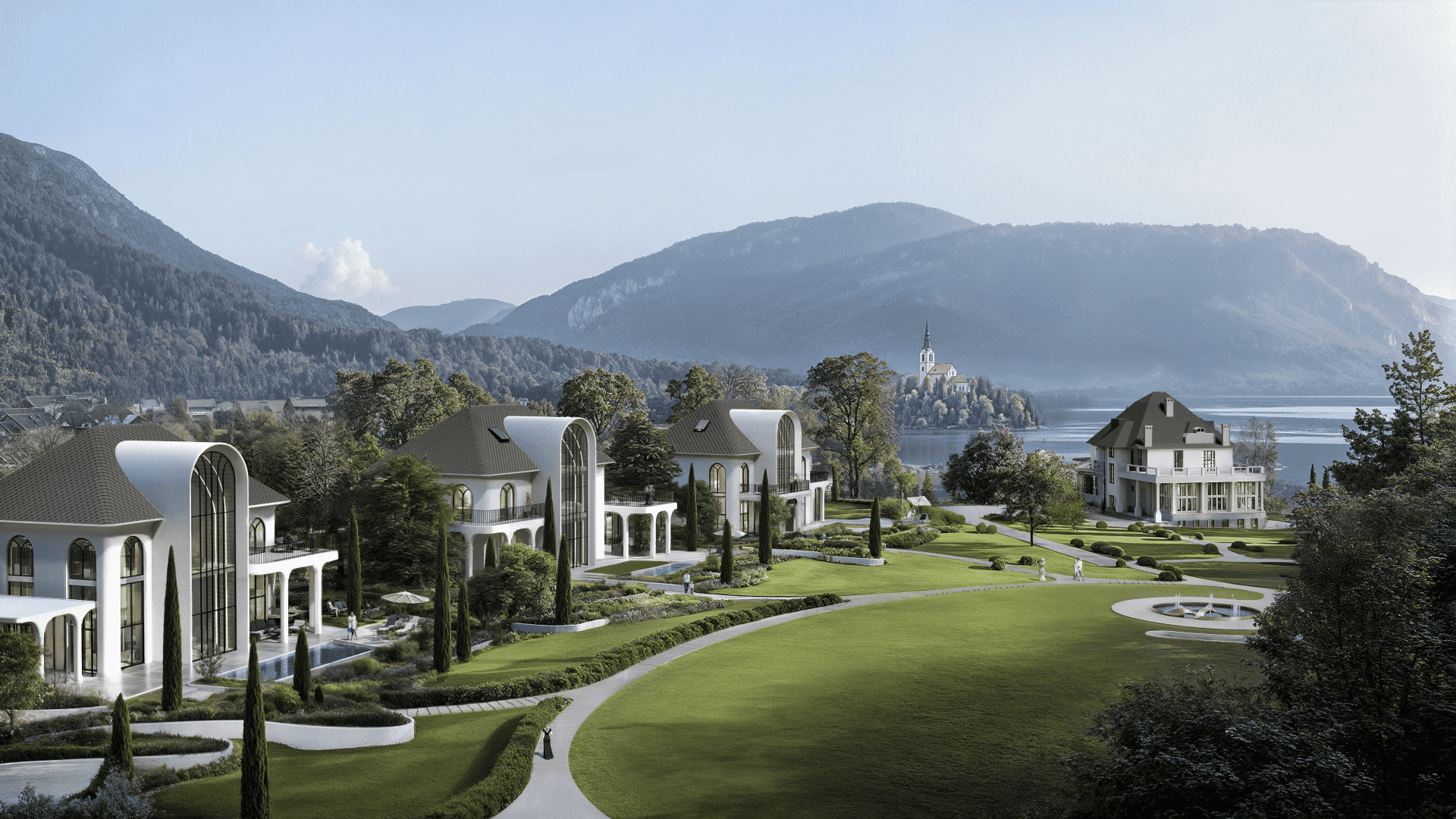
Tim Fu is an architect, computational designer, and a pioneering figure in the AI-architecture space, through his integration of artificial intelligence tools in various methodologies within the architectural design practice. His visionary works have gained international recognition for their bold use of emerging technologies, using generative AI tools like Stable Diffusion, Midjourney, and other platforms to develop innovative design concepts.
His approach leverages emerging technologies, redefines design workflows, and fosters a novel architectural process that merges human intuition with machine precision.

Tim Fu received his B.ArchSc. from Toronto Metropolitan University and MSc from the Architectural Association in London.
He is internationally recognized for pioneering the integration of generative AI into architectural design processes, experimenting with AI tools' contribution to different architectural representations/visualizations, on various project scales, including small architectural scales, to urban planning scales.
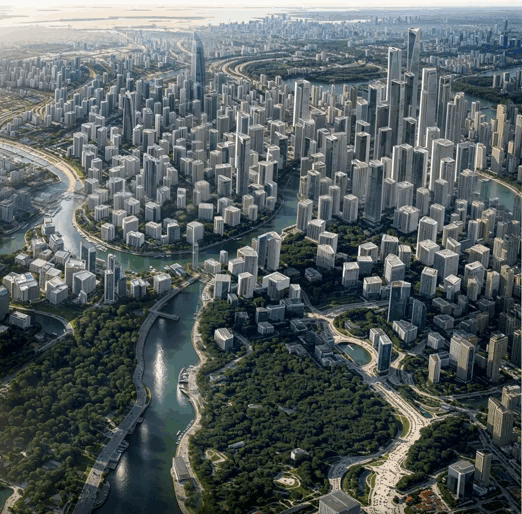
He gained prominence through his experimental work at Zaha Hadid Architects (ZHA), specifically within the ZHCODE group, which focuses on researching computation and design. At ZHA CODE, he contributed to various computational design workflows and methodologies, creating complex & parametrically driven architectural designs.
After his tenure at ZHA, Tim Fu established Studio Tim Fu in 2023, an architectural practice dedicated to bridging human and machine creativity, specialized in merging high-tech generative AI imagery with computational processes to excel the delivery of architectural projects, while emphasizing the role of human artistry in the design process, as he also directs Studio Tim Fu LABS (STF LABS) to experiment with emerging of new AI tools relevant to the design field, leading Studio Tim Fu to push boundaries of architectural practice in the AI era.
Tim Fu has become a leading voice in the discourse around generative AI in design and architecture, advocating for a design paradigm where the architect would be the director of AI-generated possibilities. He has conducted workshops at institutions like Harvard GSD and PAACADEMY, and he has joined PA TALKS for an in-depth, fruitful discussion that included a variety of topics, including architecture, AI, computational, and design discourses. Tim Fu is also set to lead an upcoming PAACADEMY workshop titled "Parametric Intelligence 2.0 – Studio Tim Fu." Check it out!
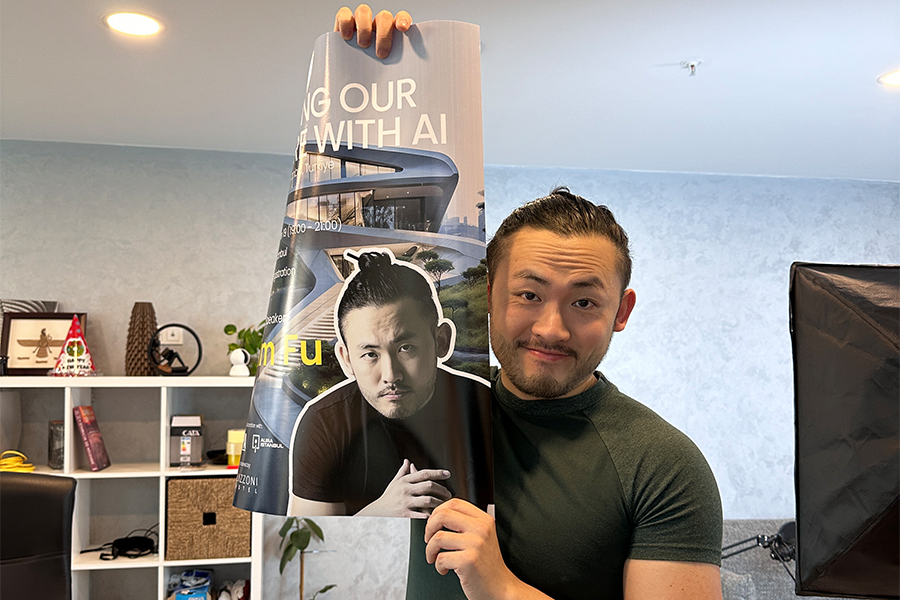
Known for his sculptural design concepts, his projects frequently blend conceptual art, speculative architectural design, and innovative fluid forms, seeking to discover a new architectural vision driven by such advanced design technologies and tools of AI and computational design, which amplify human creativity.
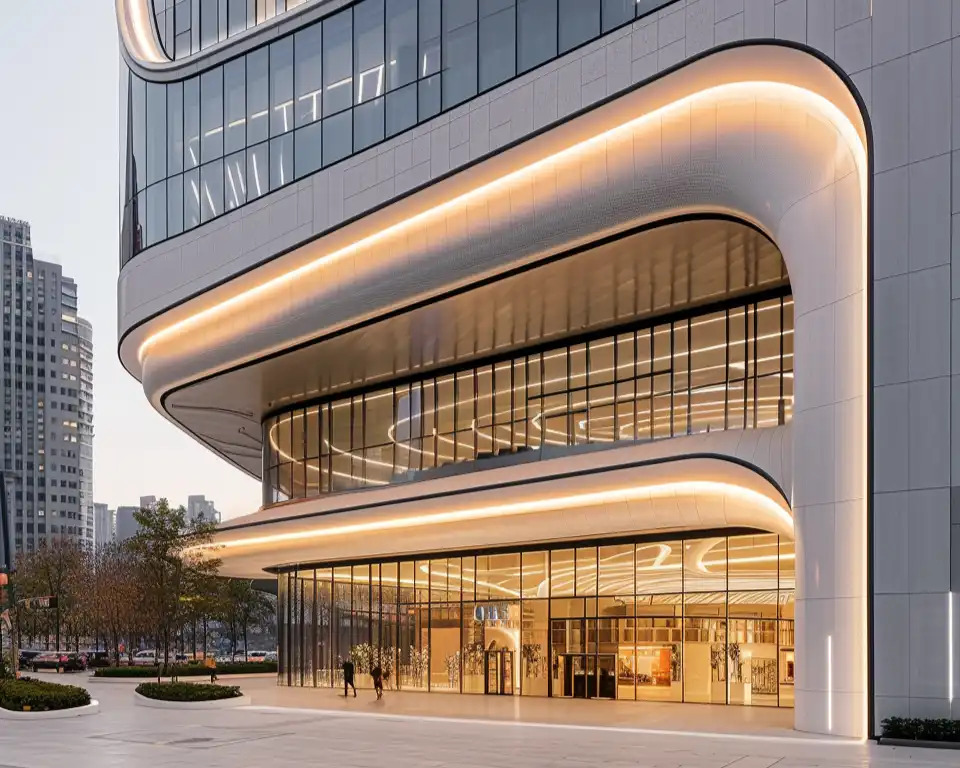
Unlike traditional architectural design practices, where architectural drafting tools would be the primary design methods, Fu advocates evolving technologies, integrating advanced AI-driven & computational design tools as an essential part of his architectural design process.
Tim Fu’s design approach in this sense is adaptive and multifaceted, incorporating multiple advanced methodologies and applications for different design purposes, from a variety of generative AI platforms like Midjourney & ComfyUI, to LLMs such as GPT or Claude, applied in parallel with 3D modeling & computational design tools (Rhino3D, Grasshopper).
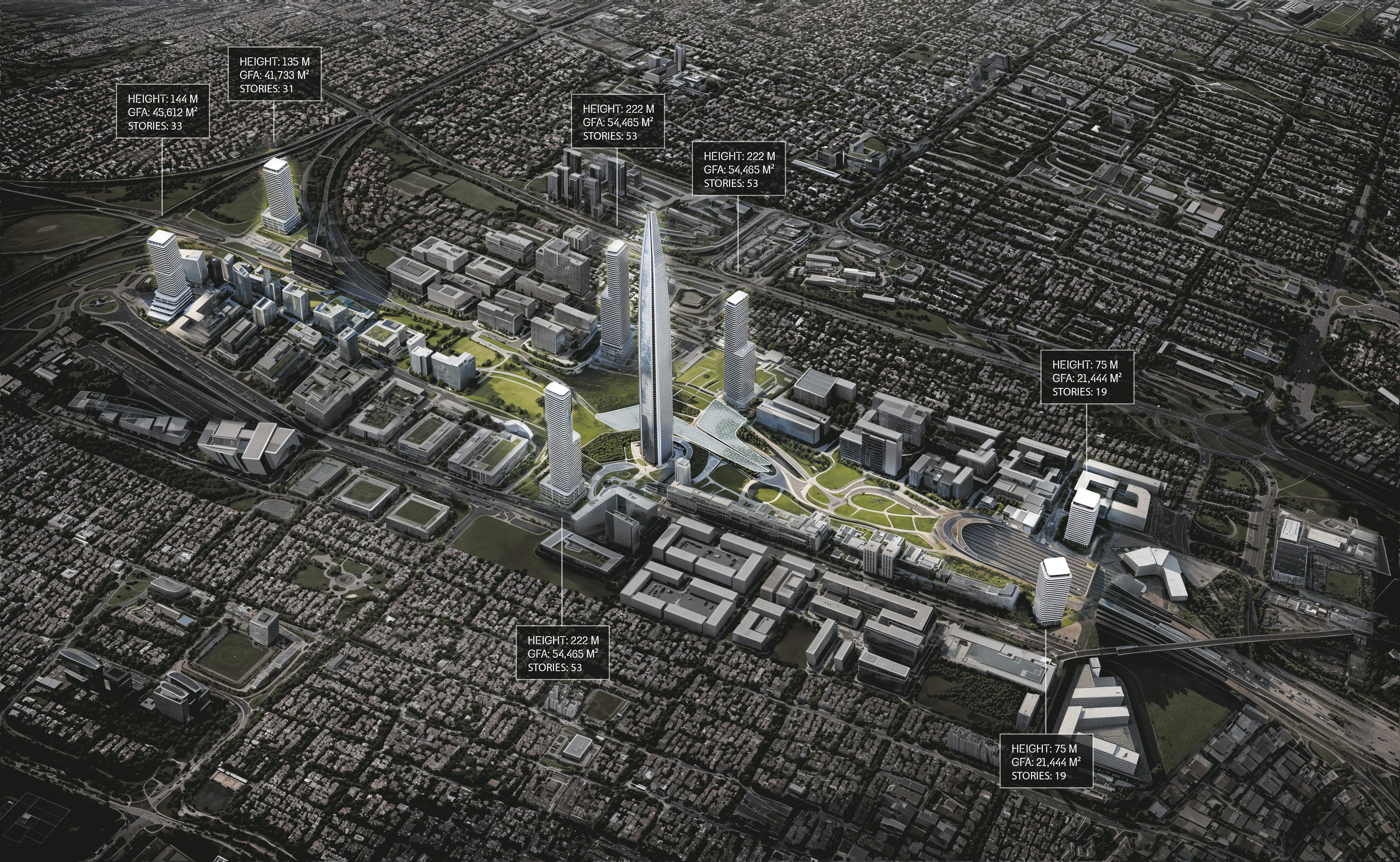
This generative AI-driven workflow enables rapid iteration, allowing for the fast development of design prototypes and visualization of complex geometries that are otherwise difficult to model, and from such a workflow, it can also assist in developing initial design concepts or manipulating existing design schemes into new design options.
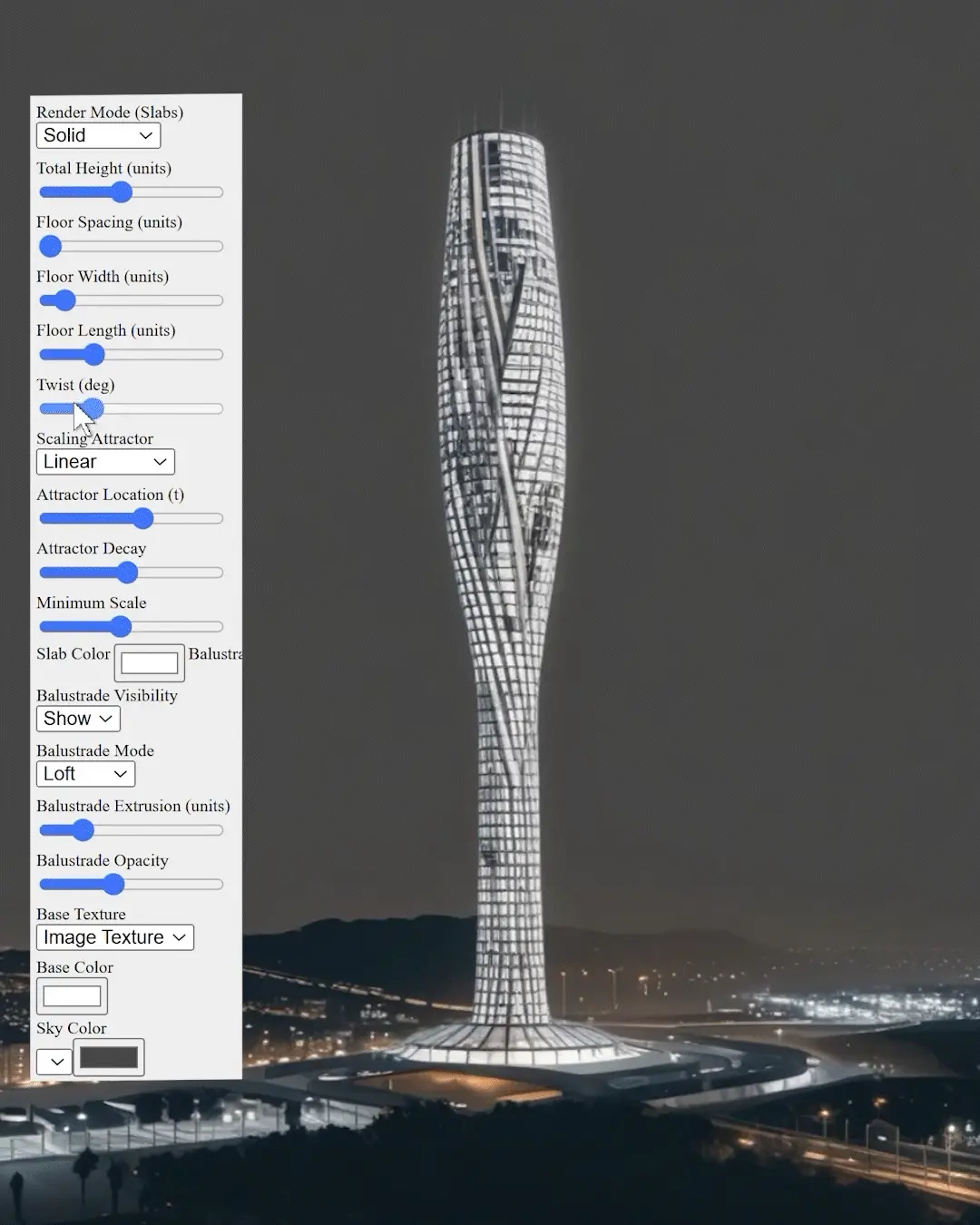
One of Tim Fu’s notable projects that demonstrates his innovative design approach using generative AI and computational design is the Lake Bled Estate in Slovenia. It is a conceptual hospitality design envisioned for Lake Bled, featuring multiple luxury villas, around 22,000 m2 in total size.
The project’s main paradigm was to hold on to the region's rich cultural heritage while embracing cutting-edge design methodologies. In that sense, the design iterates a local building typology in a more contemporary interpretation, exploring biophilic and heritage-conscious strategies, harmonizing tradition and innovation.
The project captures a pioneering implementation of AI within the architectural practice, where these new technologies assist human design decisions, such as using AI for design optimization, heritage preservation, and environmental integration, or for navigating different architectural/interior configurations to develop further.
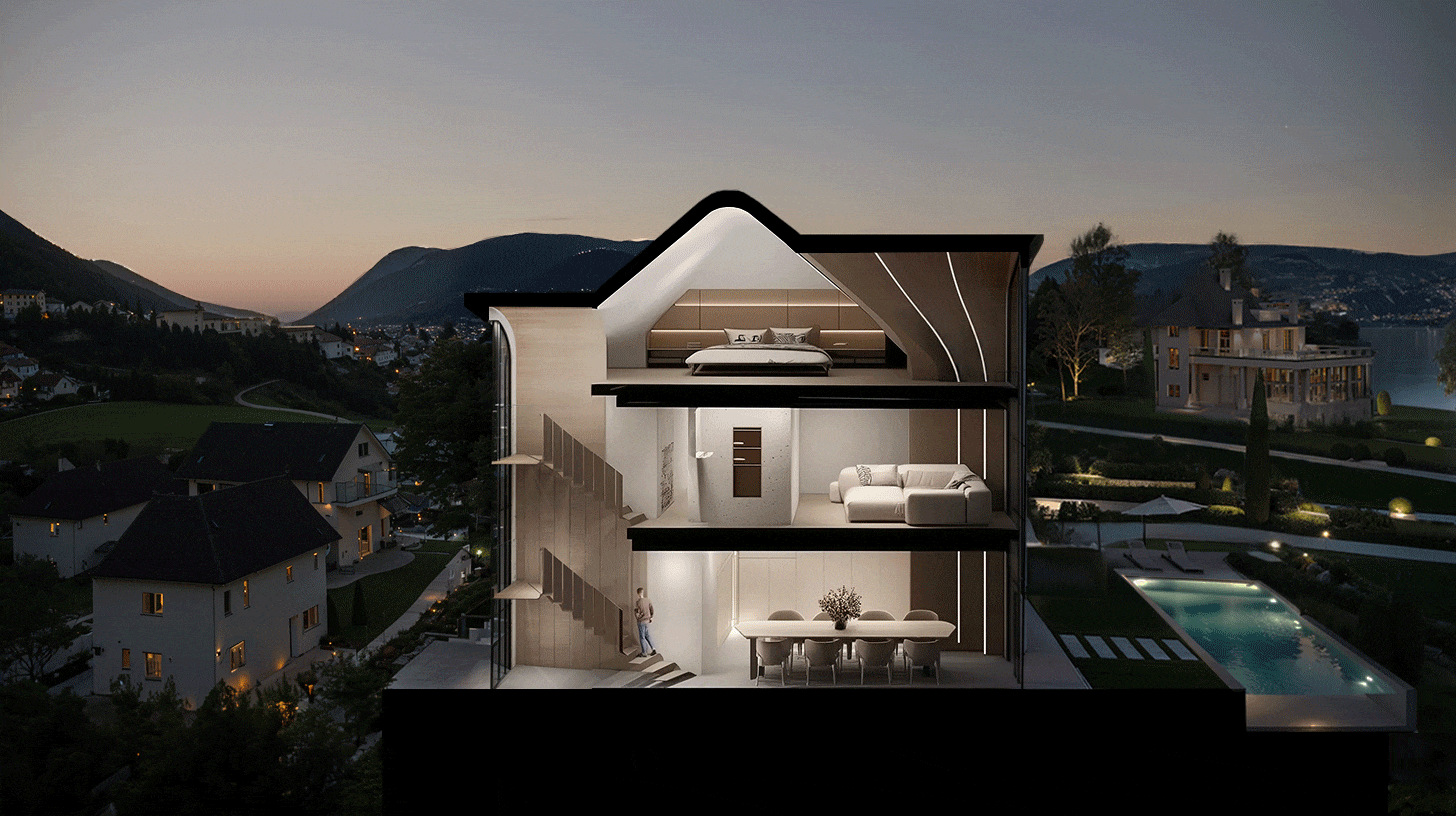
The design process included applying workflows of generative AI tools along with computational design software like Rhino and Grasshopper for different design intentions. One workflow involved using computational design tools to optimize spatial configurations based on parameters such as room adjacency, lake views, and solar exposure.
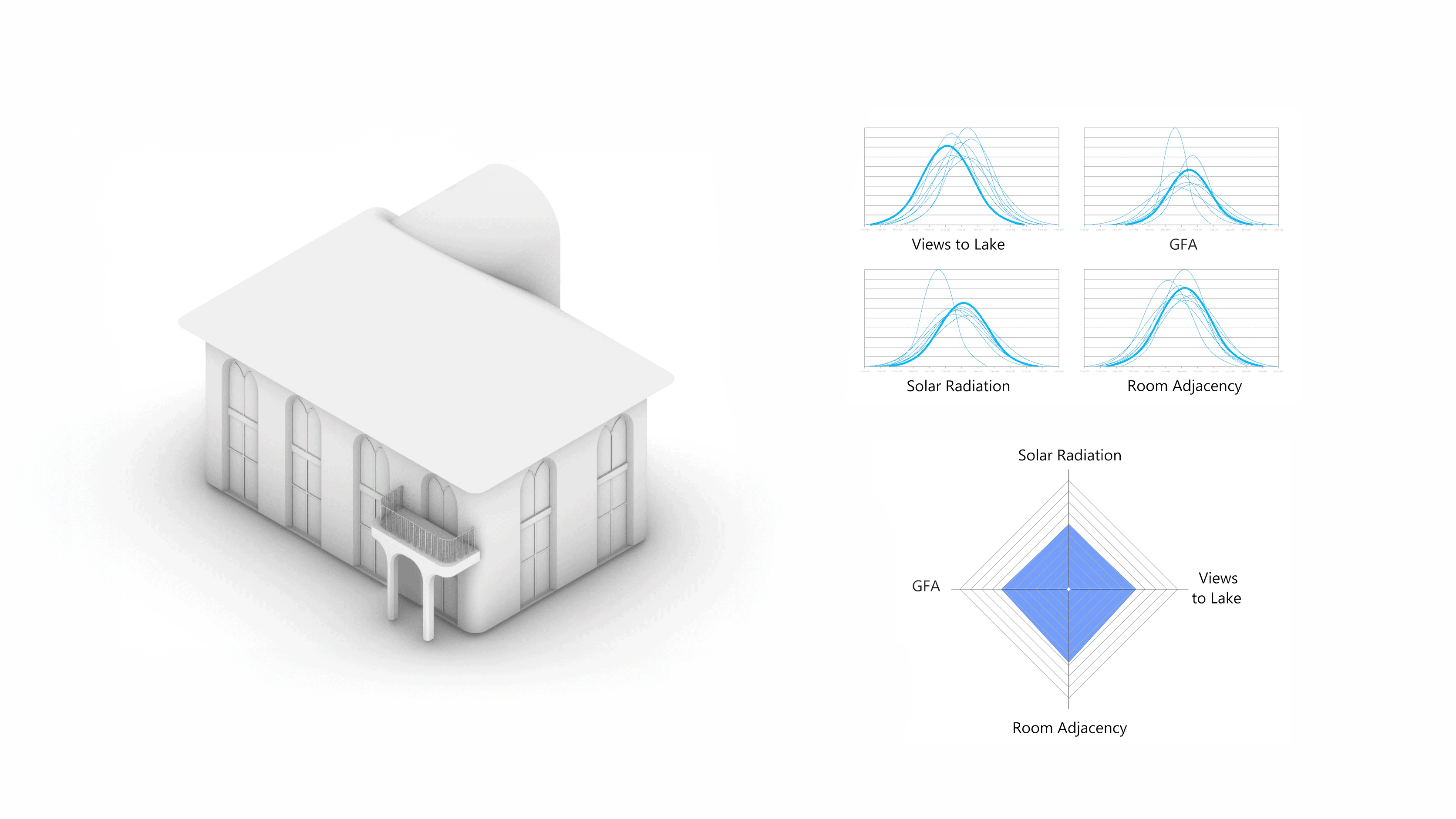
Though conceptual, the project highlights Tim Fu’s ability to utilize AI as an integral part of a performance-driven design workflow, illustrating his innovative use of AI and computational design to push architectural boundaries and propose new beneficial design methodologies for responsive architecture.
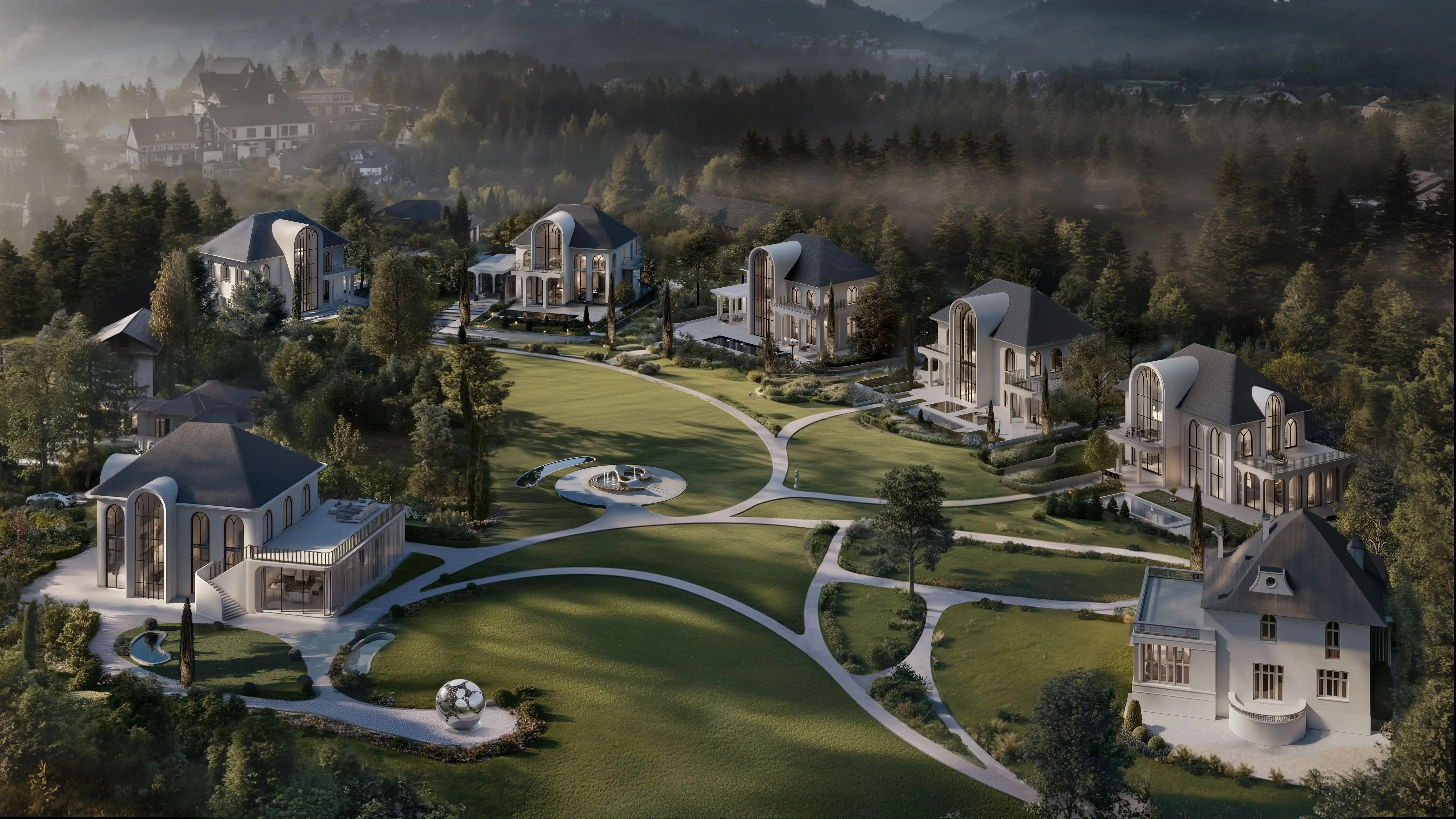
Tim Fu’s architectural work exemplifies how artificial intelligence serves as a creative catalyst in design, showcasing the powerful synergy between human intuition and machine intelligence. He champions a future of AI-driven architecture, where architects co-direct performance-based design workflows alongside intelligent systems.
You must be logged in to comment.